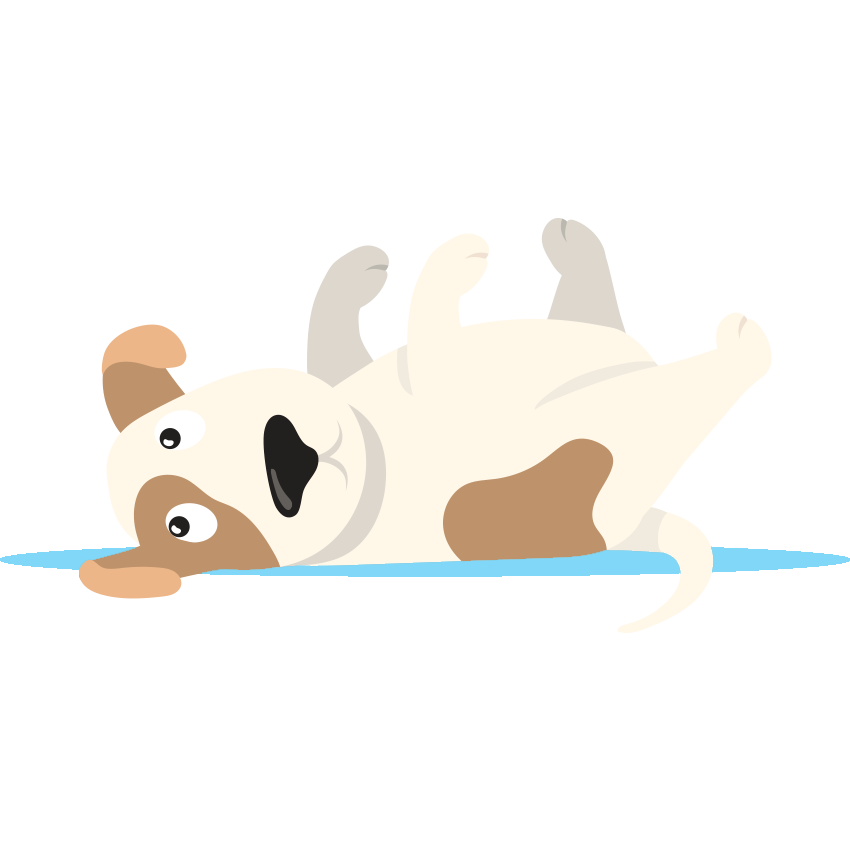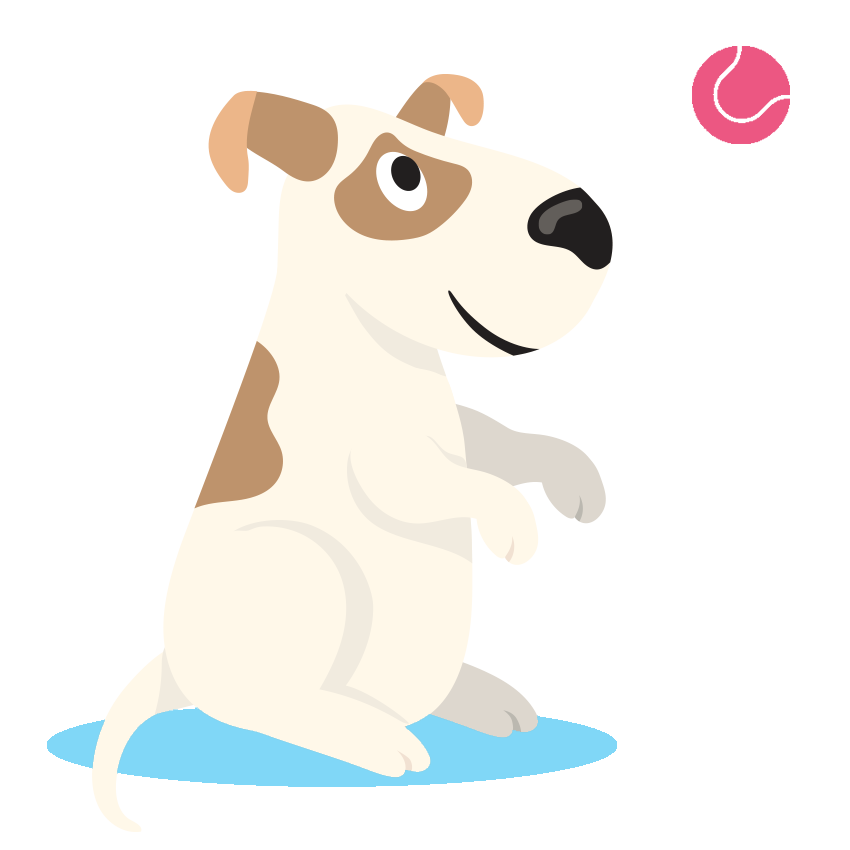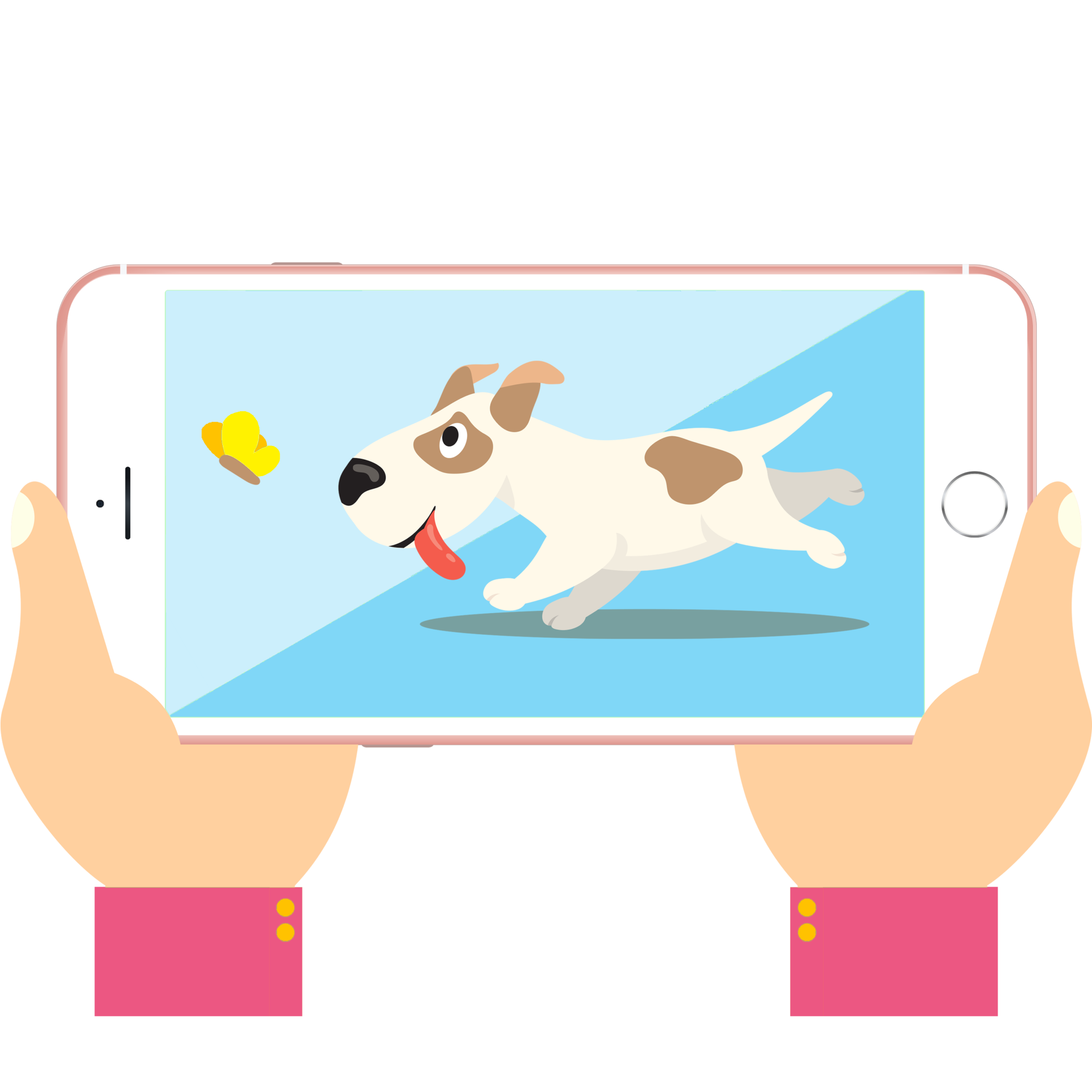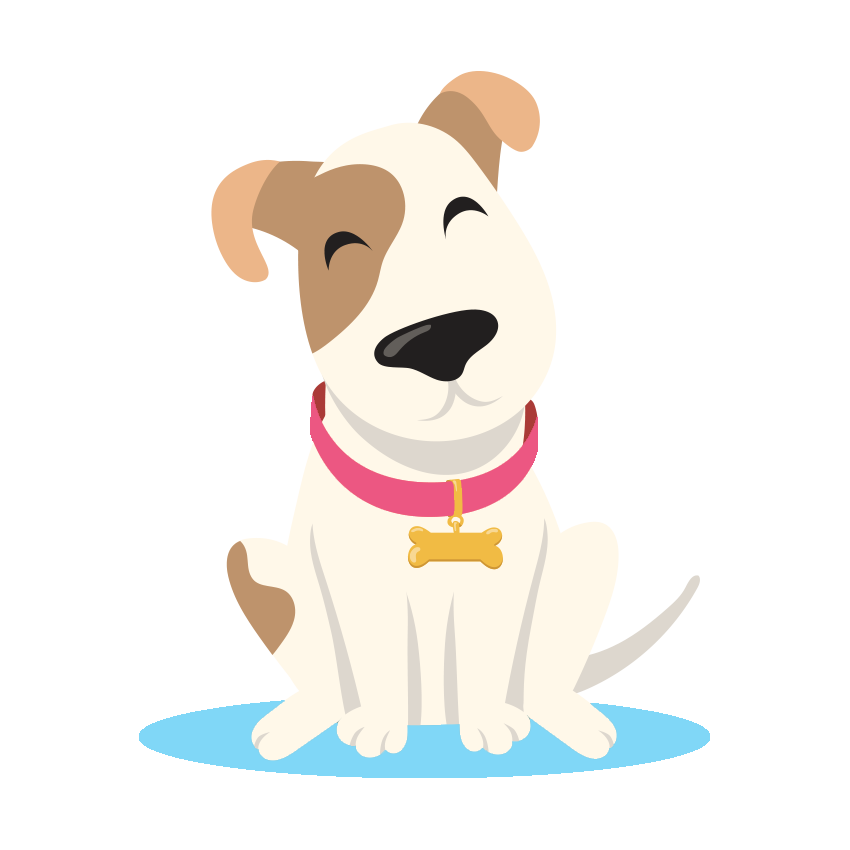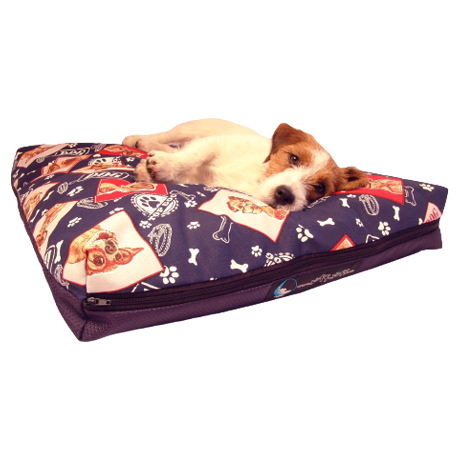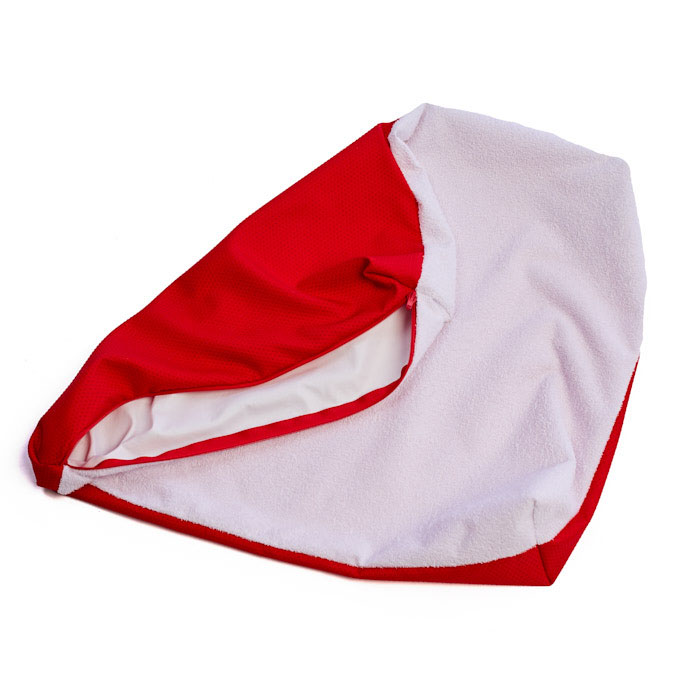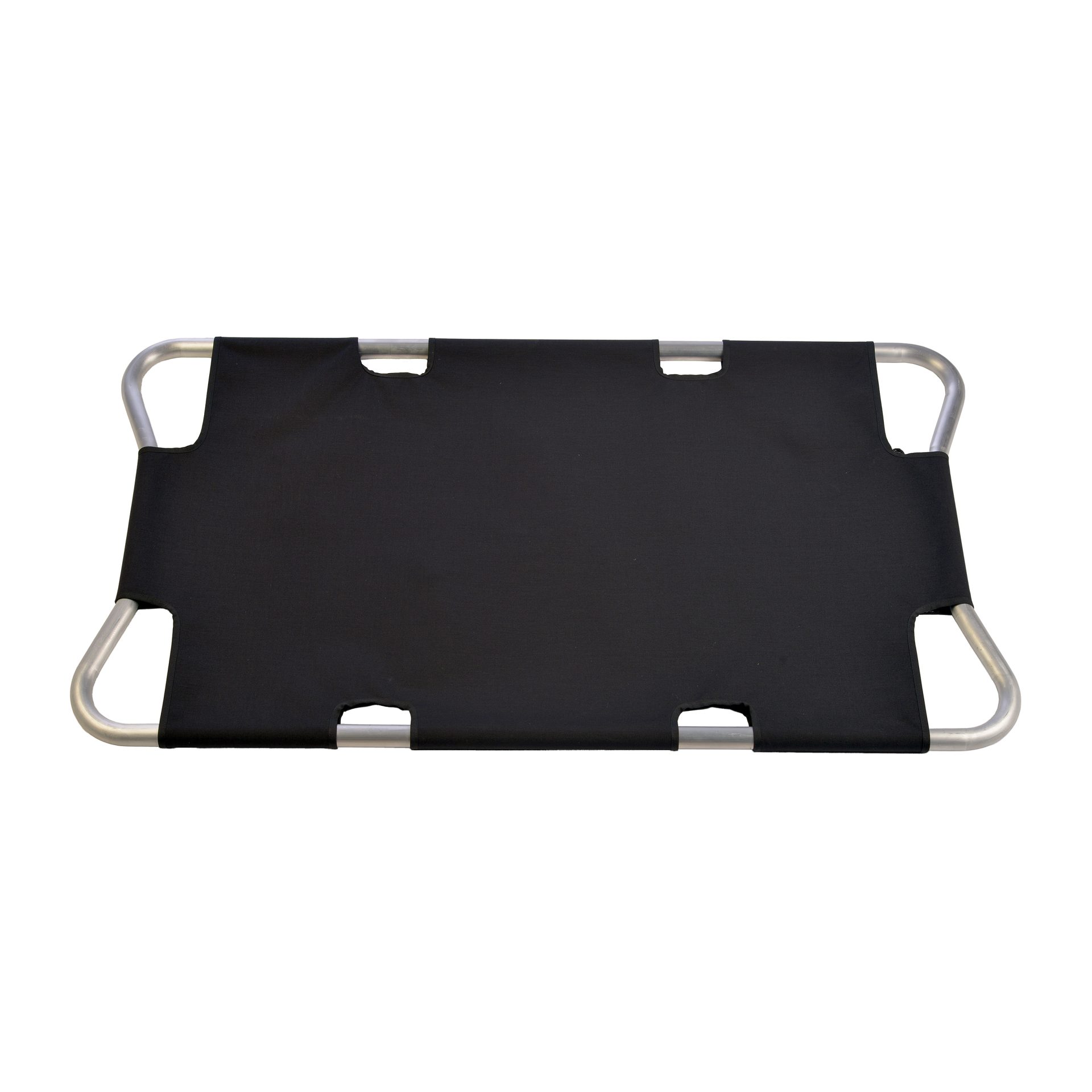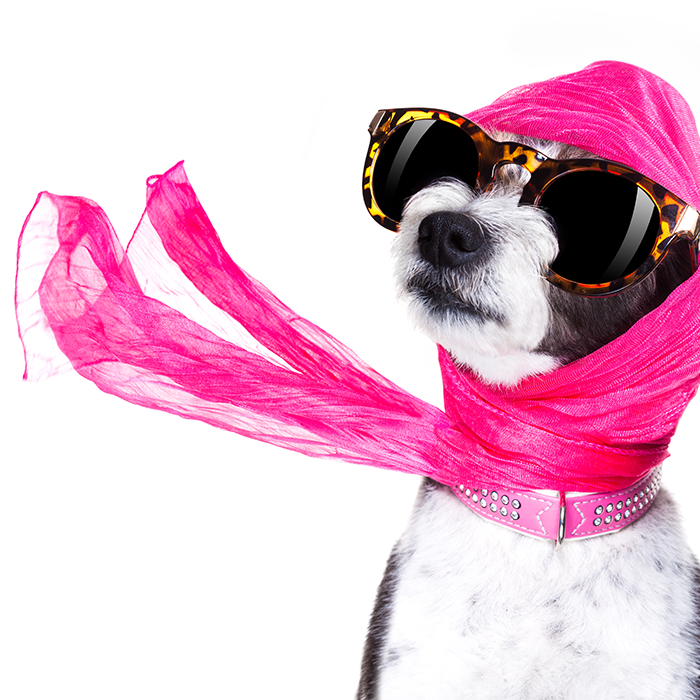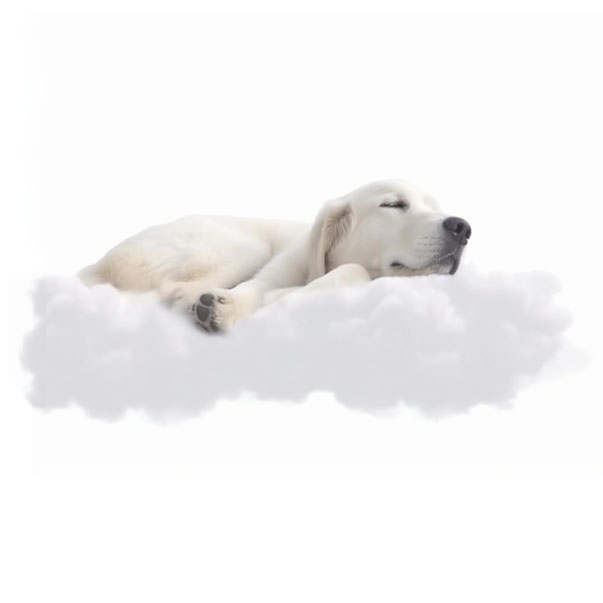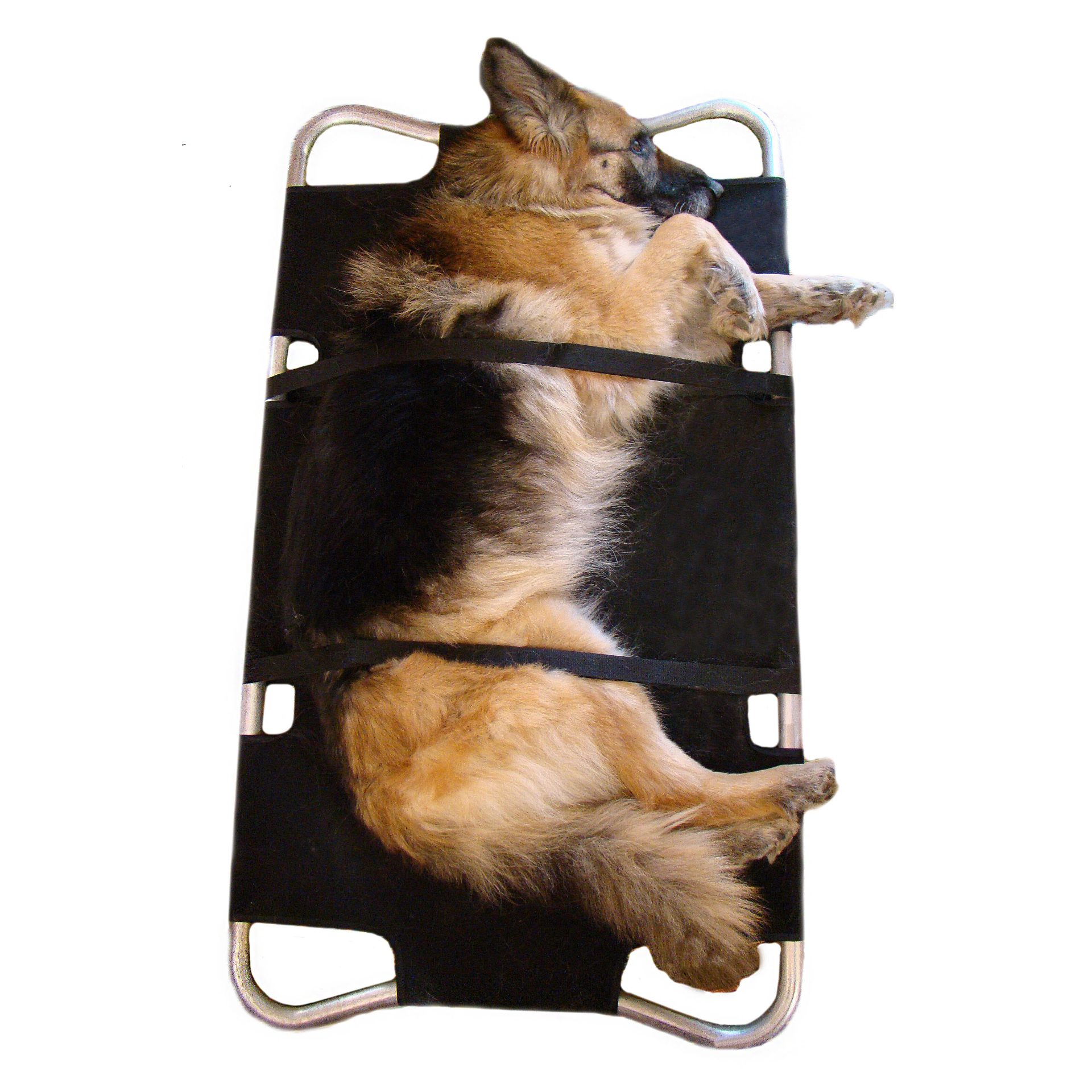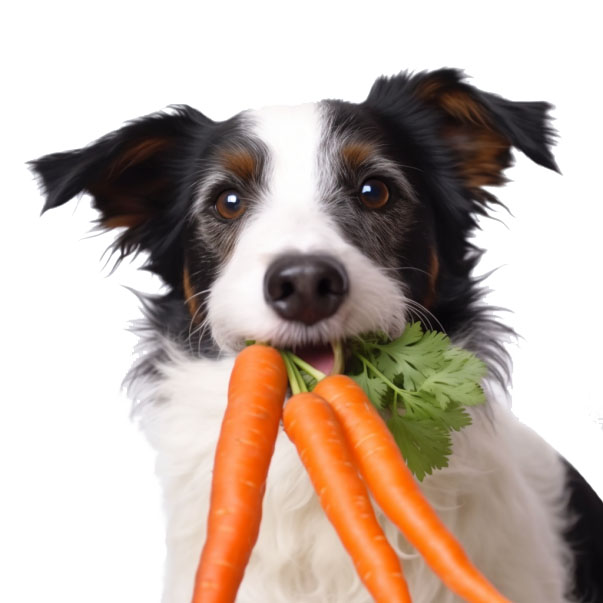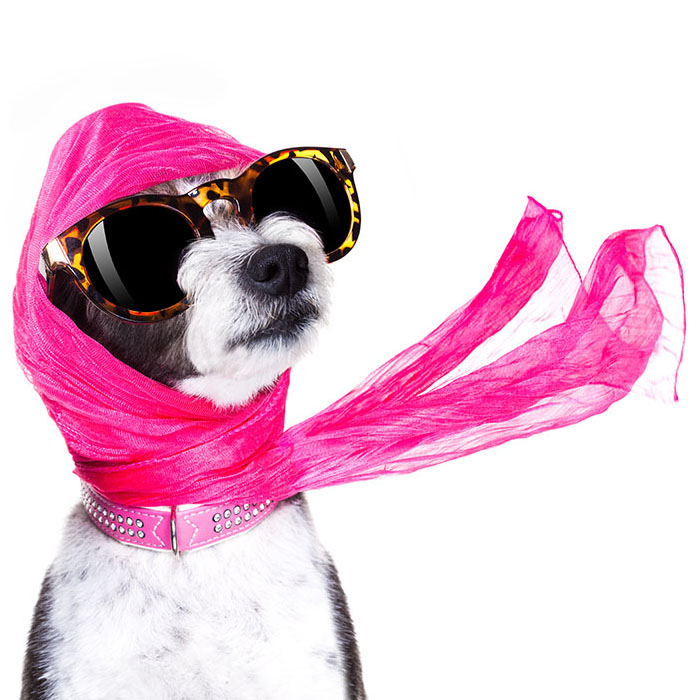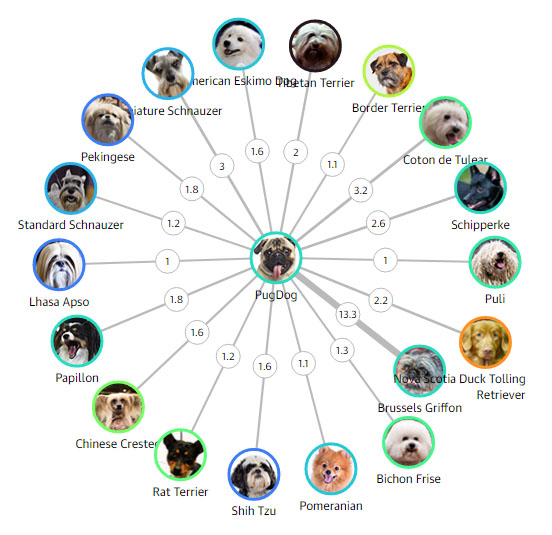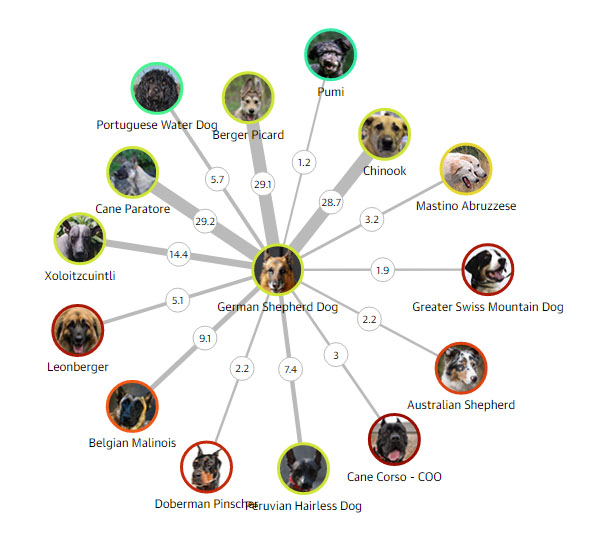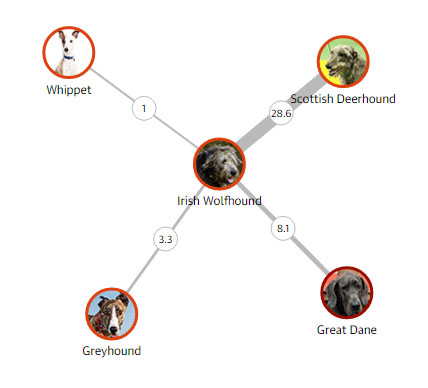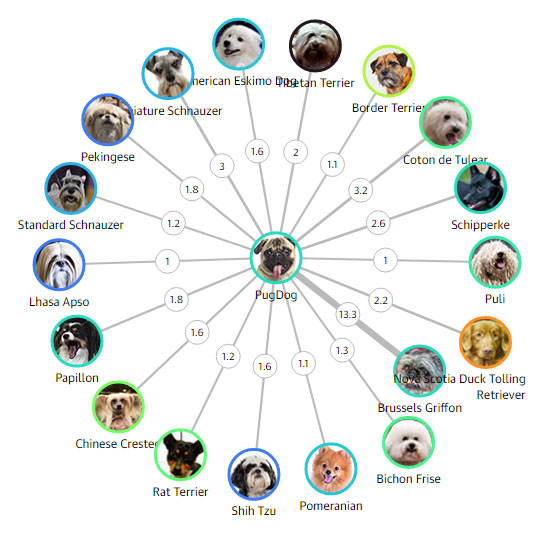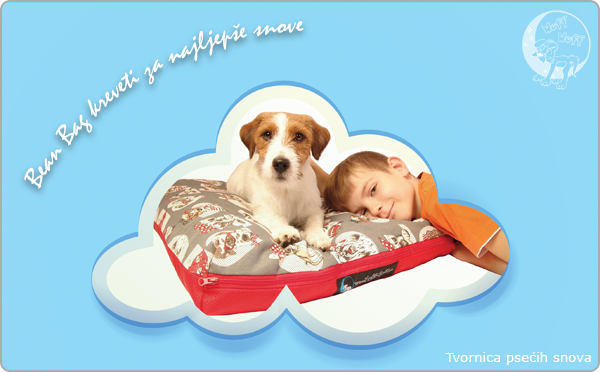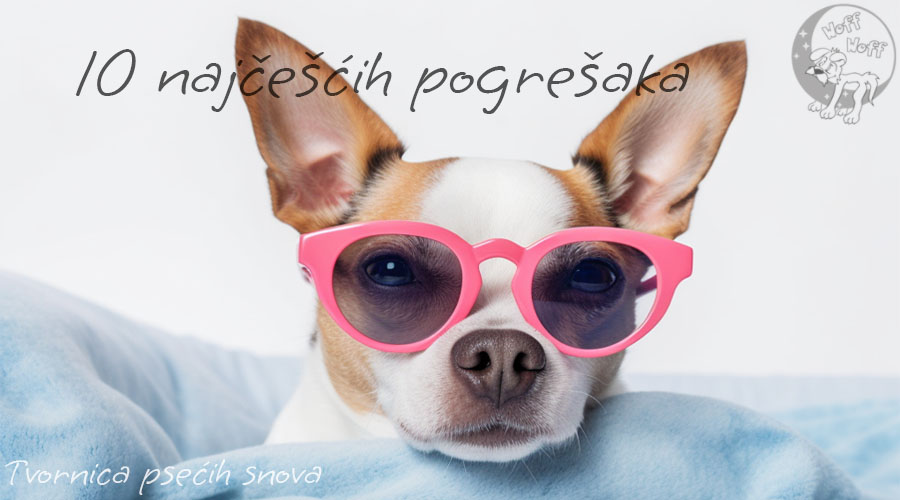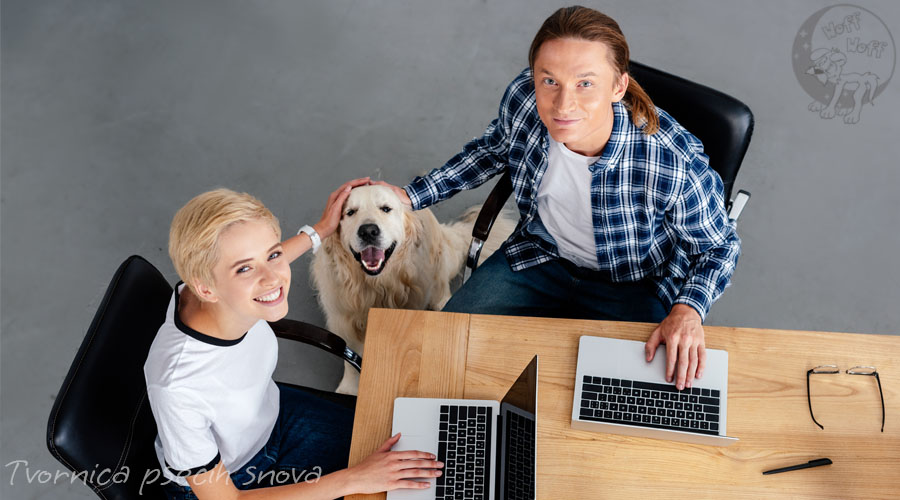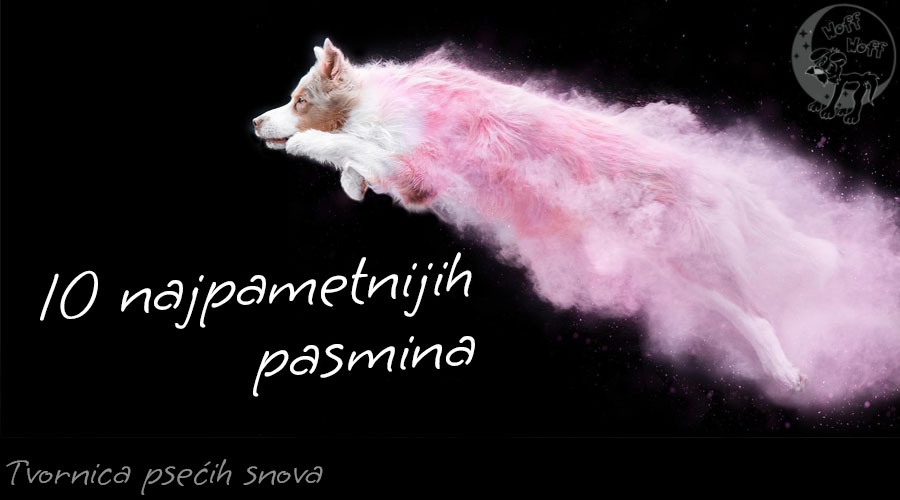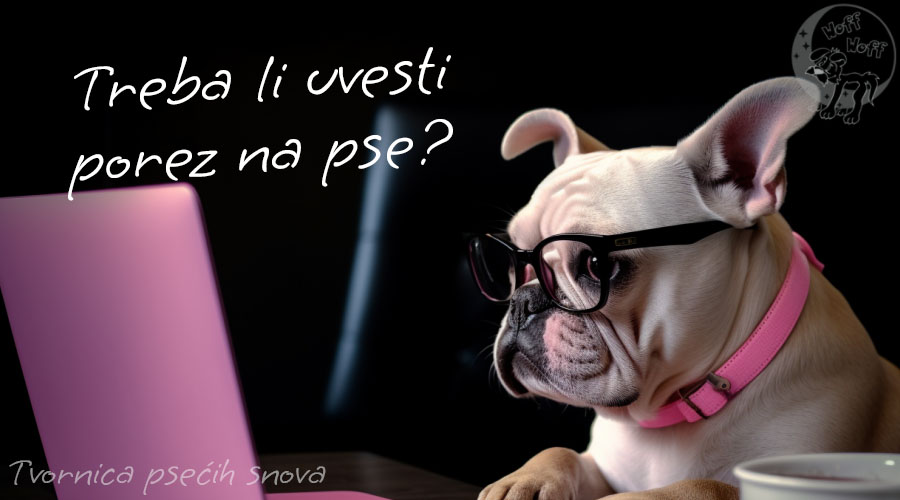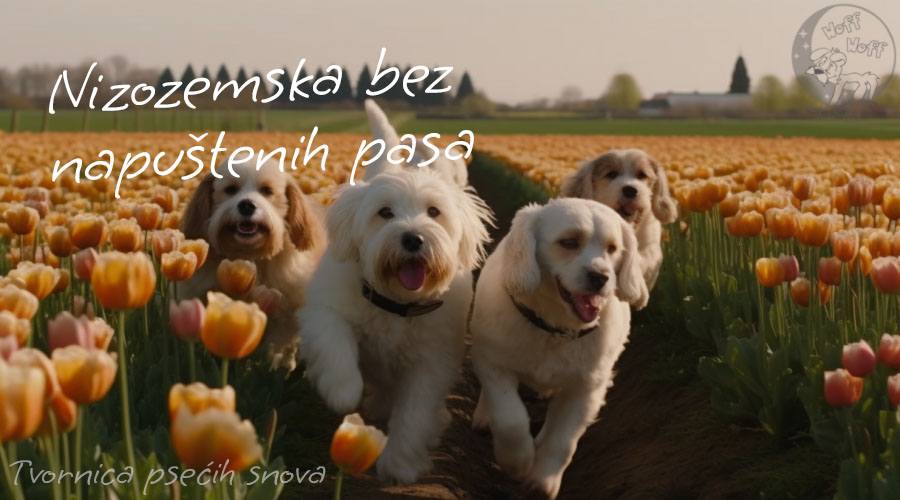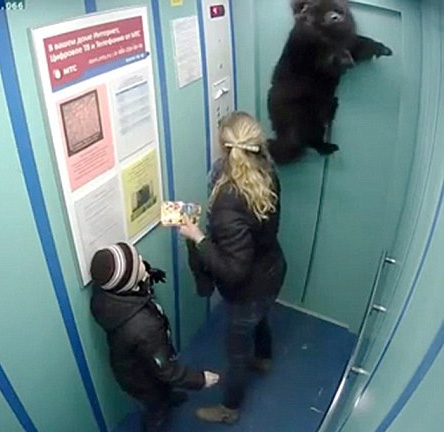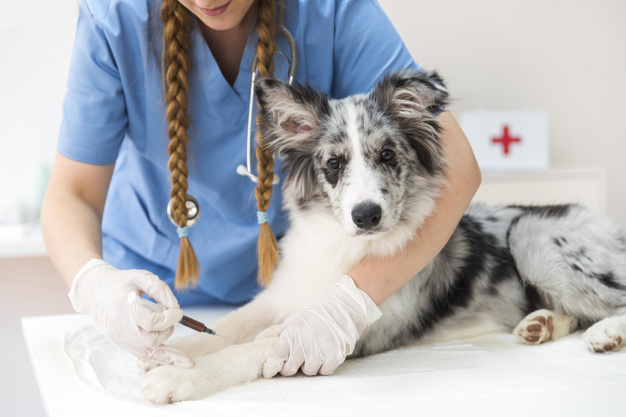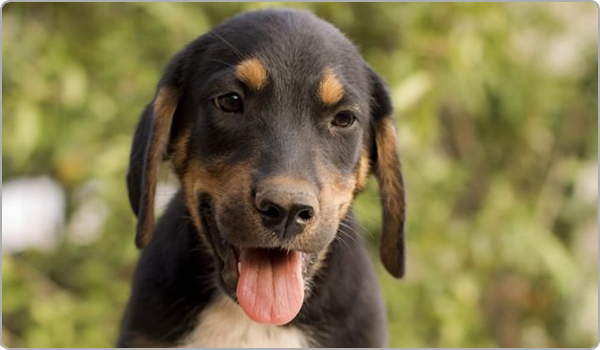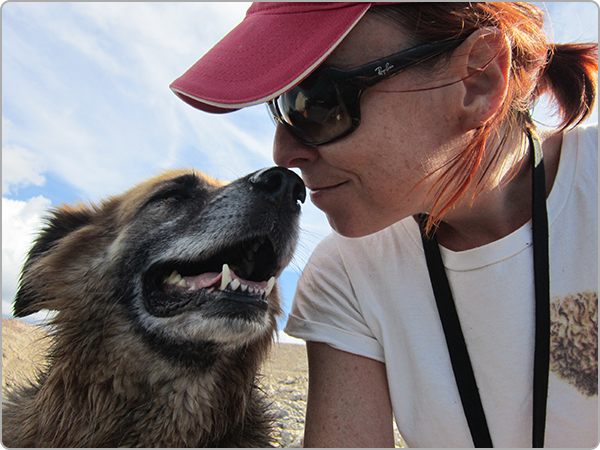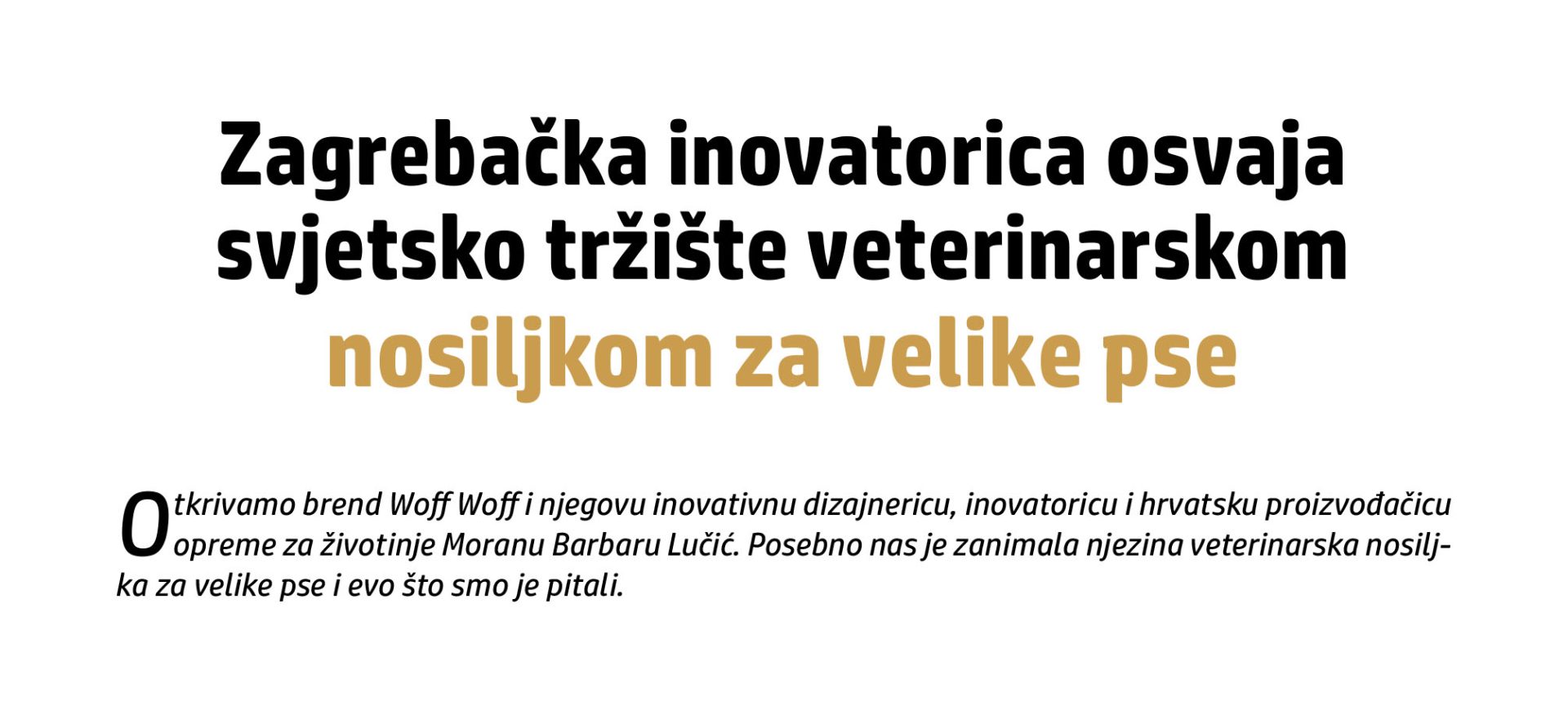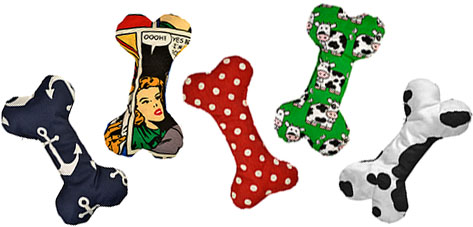The origin of modern dogs begins several tens of thousands of years ago, but how does a wolf become a Pomeranian?
Known as a frequent family pet, labradoodle was created in the 90s. The breed's recent origins and name make it obvious that Labradors and poodles were involved in its creation labradoodle. But what about the other 400 or so dog breeds - how does a wolf become a Pomeranian?
The origin of modern dogs begins several tens of thousands of years ago when people domesticated an ancient relative of today's wolves. Humans have since conducted deliberate, selective breeding, initially creating dogs that specialized in herding, hunting, and guarding.
Then came the explosion of Victorian breeds. In the middle of the 19th century, there was a period of intense innovation in dog breeding, which encouraged not only the diversity of breeds, but also the very concept of "breed". During this heyday, different dog lines were deliberately crossbred to enhance good traits or dilute undesirable ones. Crossbreeding is also done with the express purpose of creating new breeds by selecting aesthetic characteristics.
This created a messy, intertwined relationship between the different types of dogs, with details of the breed's origins sometimes recorded only in oral history. It wasn't until significant genetic research was published in 2017 that we got a clearer picture of how all these breeds are related to each other.
Scientists analyzed the DNA of 161 breeds to create family trees. Groups of trees are divided into categories according to their shared history. These groups reflect the fact that for most of their history of domestication, dogs were known only for the type of service they offered to mankind. Hunting dogs include retrievers and setters, herding dogs include sheepdogs and mountain dogs.
Dr. Ostrander was a research supervisor in 2017, as part of the dog genome project, and here's what she told us.
What we wanted to know is how dog breeds are related to each other. We know that most breeds have only been around since the Victorian era. There were breeders in Europe who wanted to create breeds that had a certain look or had a certain skill or personality. Many connections make some intuitive sense. One of the important things is the geographical location - where the breeds were developed.
Function was also important, and between similar-looking dogs, such as miniature and standard schnauzers, there is certainly a relationship. But there are always surprises, things we might not expect. The research also revealed the bad things created by crossbreeding in modern "purebred" dogs.
Although the genomes of all dogs are 100% canine DNA, a small amount of the genome varies between breeds. These parts are responsible for the impressive spectrum of variation in size, shape and behavior in dogs. Researchers have sequenced the dog genome at thousands of these variable sites. When their blocks are identical in two different breeds, this indicates historical interbreeding between them.
These results confirmed the documented history of some breeds. Heidi Parker, a scientist and geneticist, said the results also showed evidence of interbreeding that had not been documented or was otherwise unexpected.
How closely related is the German Shepherd to other breeds?
We discovered that the German Shepherd has Italian genes. I don't know what the real story is about the German Shepherd, except that it is one of the breeds that shows the most genetic variation. Here, we used genetic survey data to visualize the relatedness between one breed and all other breeds that were examined.
In this example, you can see how the German shepherd shares larger amounts of DNA with the cane paratore, berger picard and chinook. It is important to note that these graphs do not show the direction of interbreeding – only that the two breeds are more or less closely related.
How related is the Irish Wolfhound to other breeds?
The legendary beast, the original Irish Wolfhound, had not been seen for nearly 100 years and was presumed extinct. In the 1860s GA Graham set about re-creating from existing dog lines, starting with the Scottish Highlander and the Great Dane for extra size.
How closely related is the bulldog to other breeds?
How closely related is the pug to other breeds?
One thing missing from this analysis are the so-called designer breeds, like goldendoodle, cavoodle and various other doodles.
The reason for this, according to Parker, is that most of these dogs are not permanent breed and do not continue the chain. The dog genome team specifically investigated the labradoodle, showing that it is genetically more poodle than labrador.
Some dogs in the study, such as dachshunds or gray wolves, had no links to other breeds. There are several possible explanations for this.
According to Parker, there are divisions that we have identified in records that are about 200 years old. A few breeds, such as dachshunds and dalmatians, show no links from that period.
This could mean that these breeds were created before that time and no one considered them suitable for crossbreeding. It is also possible that we simply do not have accurate breed records to conclude otherwise.
As for the future of the dog genome project, Ostrander says they are doing the same analyzes among different breeds, using full genomes for comparison.
"One of the key questions we seek to answer is: what are the differences? What are we seeing that we haven't seen before at this level? "
Source: The guardian
#addlove #woffwoff #tvornicapsecihsnova
Author: Morana Barbara Lučić
Follow Woff Woff on Facebook
Join the Woff Woff group at Facebook


